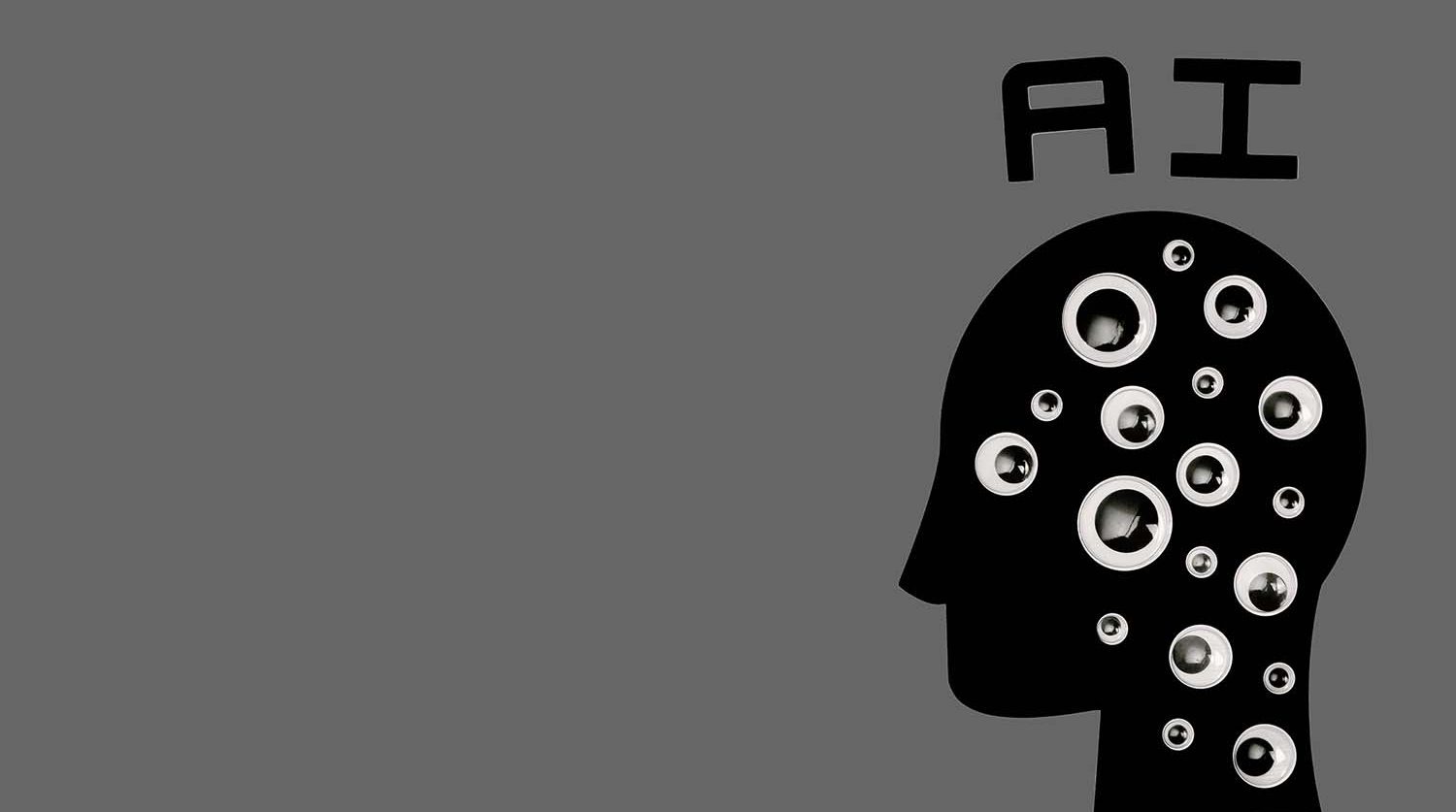The Rise of the Machines: AI Web Design Revolutionizes the Digital Landscape
The digital landscape is constantly evolving, and web design is no exception. Enter Artificial Intelligence (AI), a game-changer poised to disrupt traditional approaches and usher in a new era of intelligent, automated, and data-driven design. But what exactly is AI web design, and how is it impacting the industry? Dive into this blog post to explore the current state of AI in web design, its potential benefits and challenges, and how it might shape the future of your digital presence.
Understanding the Power of AI-Driven Web Design
AI web design leverages machine learning algorithms to assist with various aspects of the website creation process. These algorithms are trained on vast datasets of design elements, user behavior, and aesthetic principles, allowing them to:
- Generate design concepts: Based on user input and preferences, AI tools can suggest layouts, color palettes, fonts, and images, streamlining the early design stages.
- Personalize user experience: AI algorithms can analyze user behavior and adapt website elements in real-time, offering a more customized and engaging experience for each visitor.
- Optimize for conversions: By analyzing user interactions and identifying conversion trends, AI can automatically adjust website features to improve lead generation and sales.
- Automate repetitive tasks: Tasks like image resizing, code generation, and content optimization can be automated by AI, freeing up valuable time for web designers to focus on more strategic aspects.
Benefits of Embracing AI Web Design
The integration of AI into web design offers several exciting advantages:
- Increased Efficiency: Automating repetitive tasks and generating design suggestions significantly reduces development time and resources, allowing for faster project completion and cost savings.
- Enhanced User Experience: Personalization powered by AI creates a more engaging and relevant experience for each user, potentially leading to higher satisfaction and increased engagement.
- Data-Driven Decision Making: AI analyzes vast amounts of data, providing valuable insights into user behavior and website performance. This data can inform design decisions and ensure they are based on concrete evidence, not just intuition.
- Accessibility Optimization: AI tools can automatically generate alt text for images and transcripts for audio content, improving website accessibility for people with disabilities.
- Democratization of Design: AI-powered tools lower the barrier to entry for non-technical users, allowing them to create professional-looking websites without coding knowledge.
Challenges and Considerations in AI
While AI offers promising prospects, it’s crucial to acknowledge its limitations and potential challenges:
- Lack of Creativity: AI excels at automating tasks and analyzing data, but true creativity and artistry remain primarily human strengths. AI-generated designs can sometimes lack the unique touch and emotional impact that human designers bring.
- Over-reliance on Data: Biases in training data can lead to discriminatory or unfair outcomes in AI-driven decisions. It’s important to carefully select and monitor training data to ensure inclusivity and ethical use of AI.
- Loss of Control: With AI automating tasks, there’s a risk of designers losing control over the creative process. Striking a balance between human oversight and AI assistance is crucial.
- Security and Privacy Concerns: Integrating AI into websites raises questions about data collection, storage, and usage. Implementing robust security measures and maintaining transparency are essential for responsible AI adoption.
The Future of Artificial Intelligence Web Design: Collaboration, not Replacement
The rise of AI web design doesn’t signify the demise of human designers. Instead, it marks an exciting evolution towards a collaborative partnership. Designers will be empowered to focus on strategic thinking, user research, and creative vision, while AI takes care of repetitive tasks and provides data-driven insights. This fusion of human ingenuity and AI precision paves the way for more efficient, personalized, and data-driven websites.
So, what does this mean for you?
Whether you’re a designer or a business owner, staying informed about AI web design is crucial. Explore available tools, experiment with their capabilities, and consider how you can integrate AI into your workflow ethically and effectively. By embracing this technological shift, you can unlock the potential for enhanced user experiences, streamlined workflows, and a website that truly stands out in the ever-evolving digital landscape.
Remember, AI is not a replacement, but a powerful partner in the journey towards creating exceptional web experiences. Embrace the future, experiment wisely, and watch your digital presence reach new heights!


